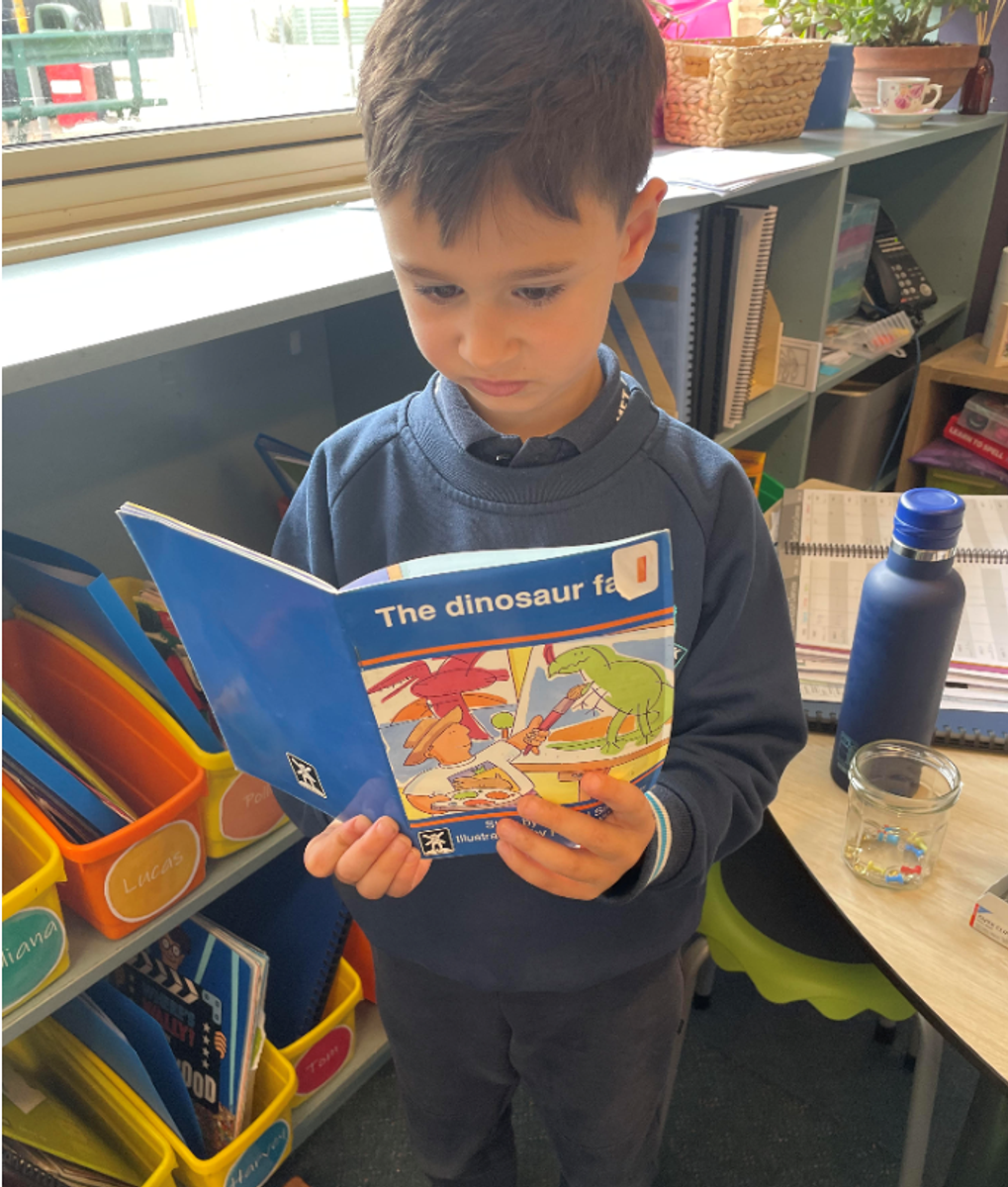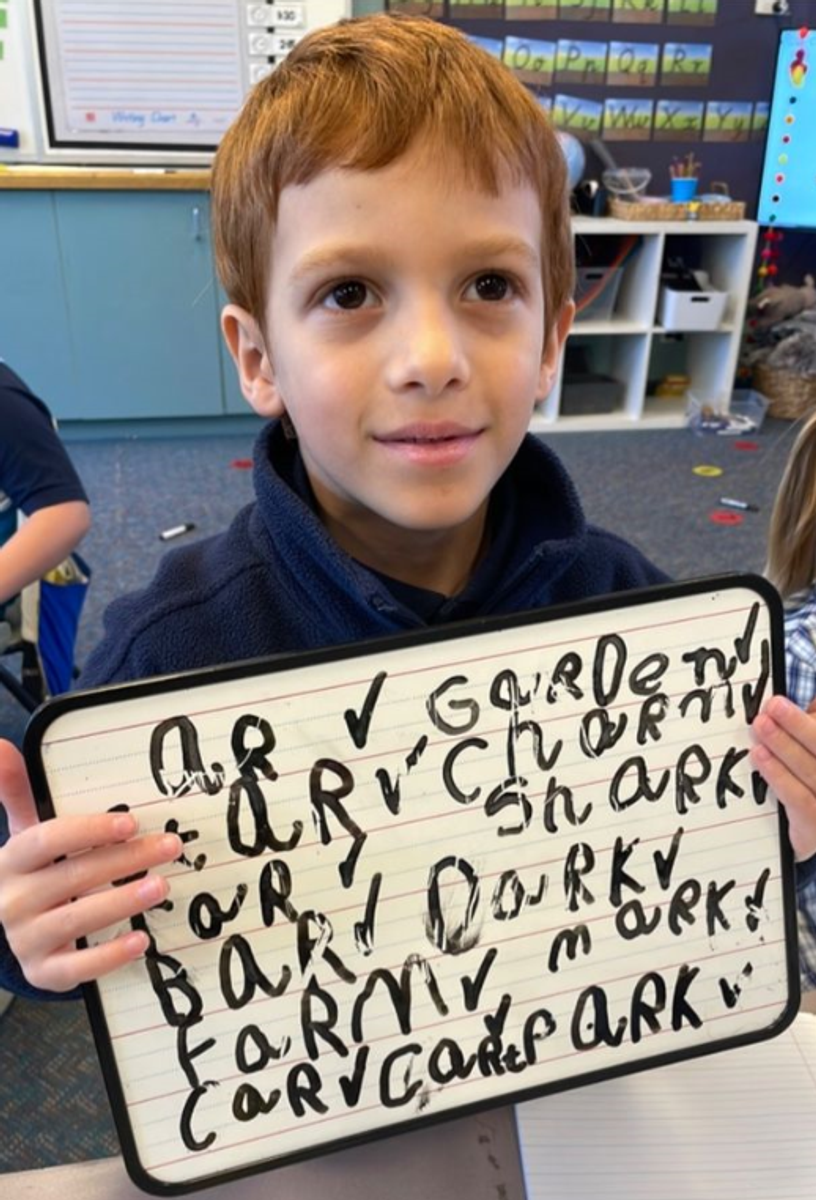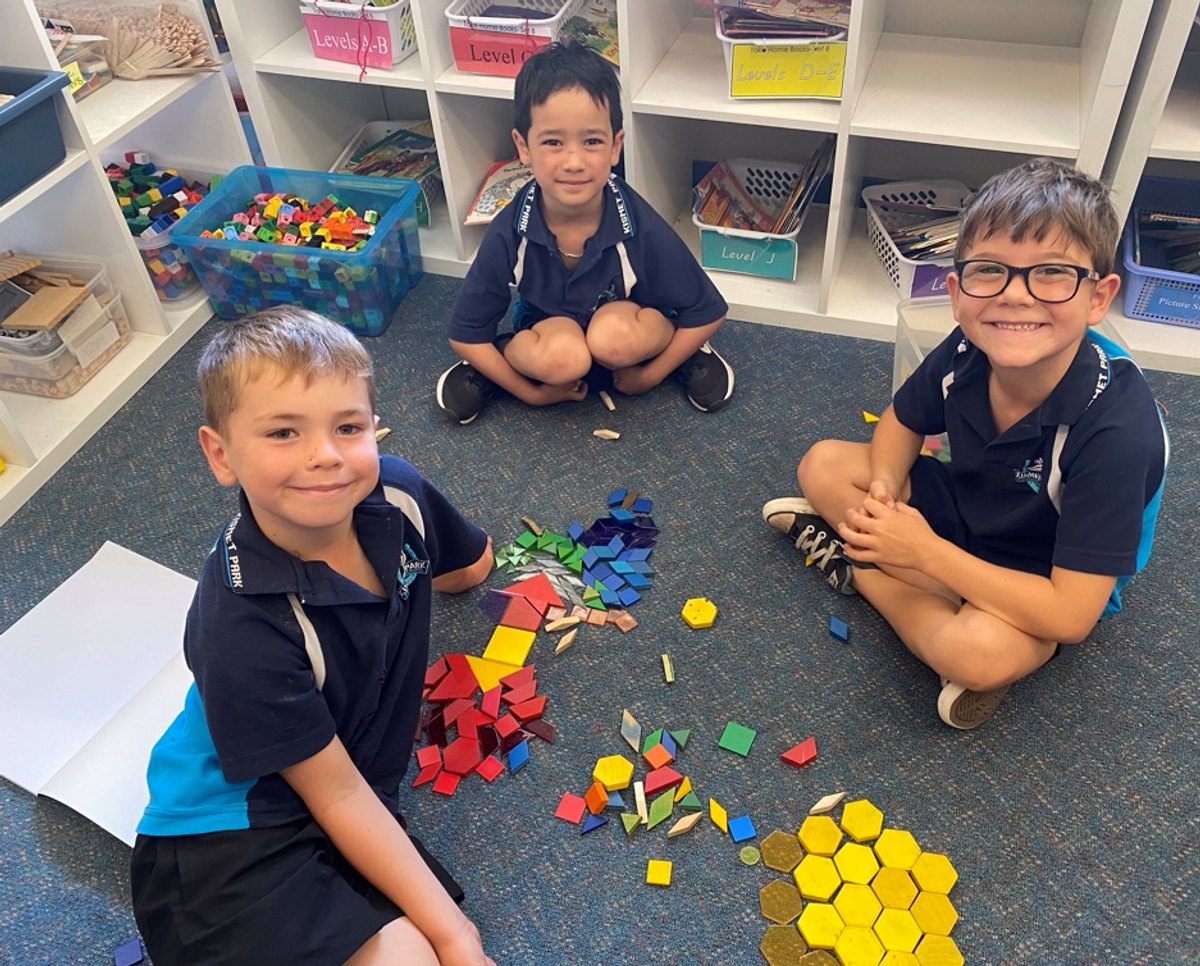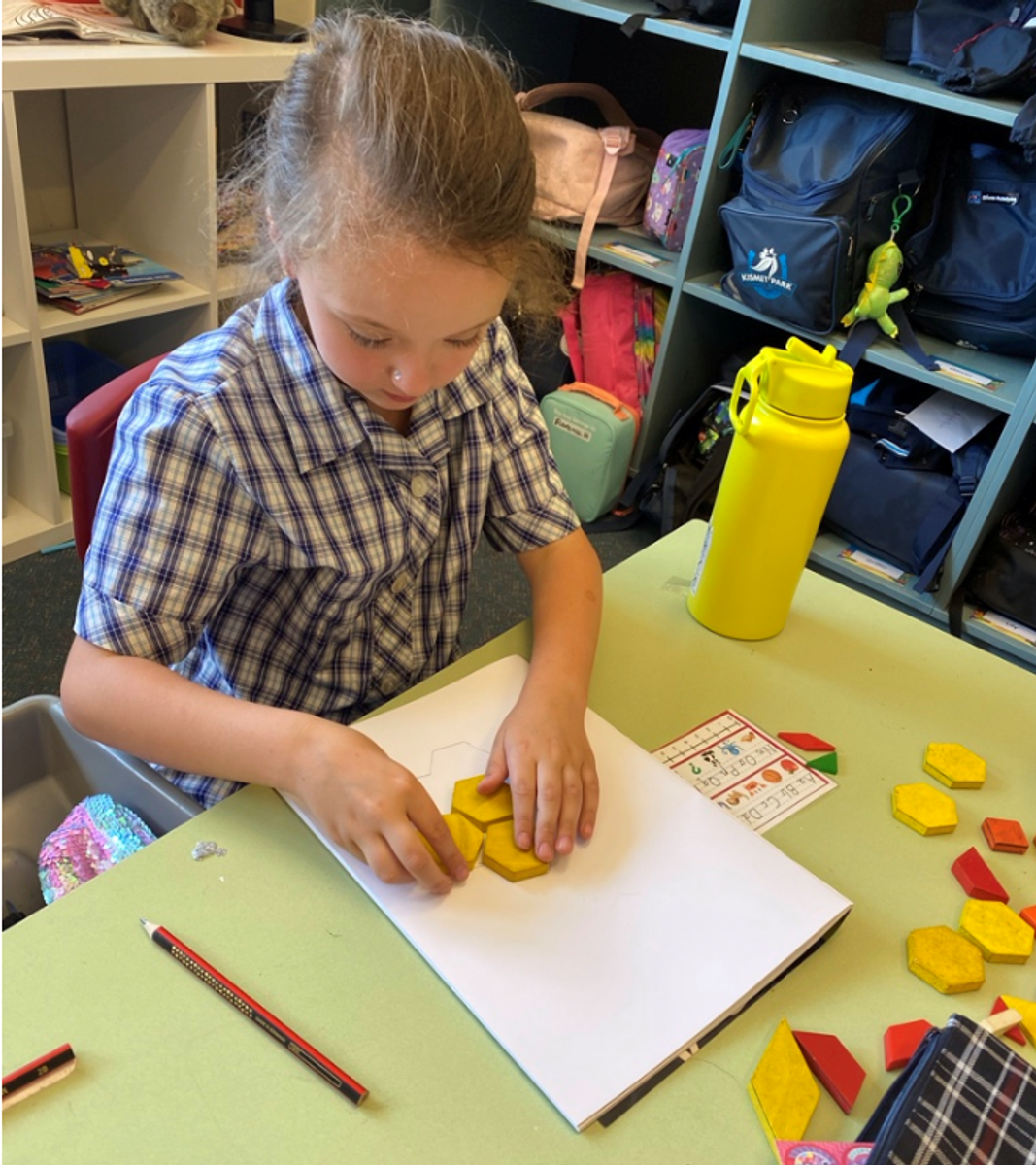Year 1 curriculum newsletter
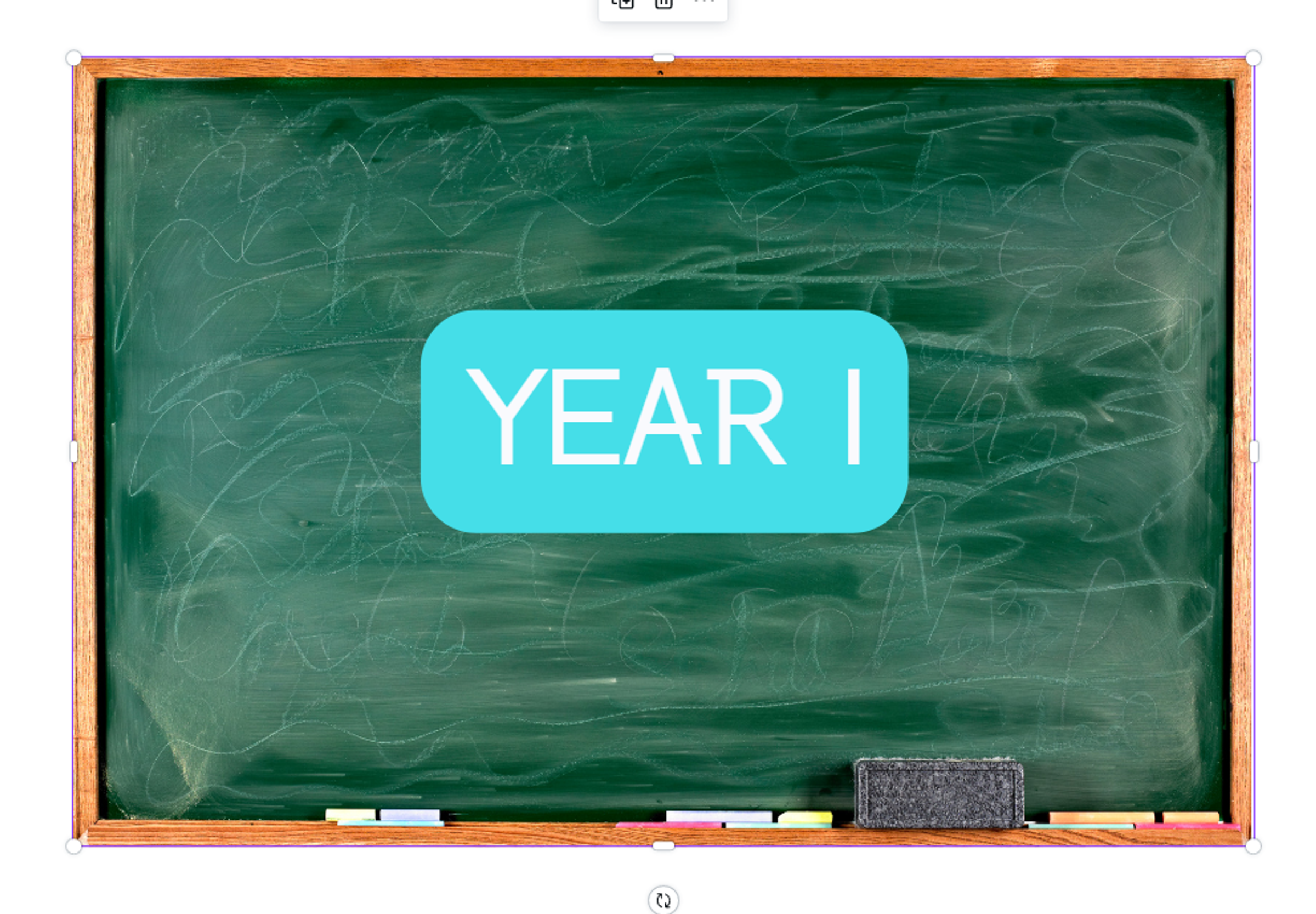
Term 1 Curriculum Newsletter
Reading
In reading, we will be working on decoding, predicting, and retelling. Your child will learn how to read and understand words and sentences to make connections between what they are reading and their own experiences. We will also work on predicting, what might happen next in a story and retelling what has happened in a story so far. This will help students develop their comprehension skills and increase their love for reading.
Writing
In writing, we will be learning how to write a recount. A recount is a type of writing that tells about an event or experience. Students will learn to use nouns, verbs, adjectives, and correct punctuation to create a well-structured and interesting recount. This will help your child to develop their writing skills and express their thoughts and ideas in a clear and concise way.
Maths
In maths, we will be focusing on time, shape, number, and place value. We will learn how to tell o’clock and half past times on a digital and analogue clock. We will explore different shapes and their properties, understand the value of numbers and how they can be used in mathematical operations, and understand the concept of place value and how it relates to numbers. This will help your child develop their mathematical skills and give them the foundation they need to tackle more complex mathematical problems in the future.
Inquiry
This term we will explore the key concept of being healthy, safe, and active. We will take a closer look at how our personal and social capabilities, as well as our experiences in Health and Physical Education, can shape our identity.
Our personal and social capabilities refer to the skills, knowledge, and dispositions that help us interact effectively with others and navigate the world around us. These capabilities include self-awareness, social awareness, self-management, social management, and responsible decision-making.
We will also explore the key concept of the family unit. In this topic, we will take a closer look at the concept of family, its origins, and how it has evolved over time.
Specialists
VISUAL ARTS
This term students investigate the tools of drawing, creating artworks using pencils, markers, crayons and oil pastels. Students discover the elements of art – line, shape, and colour.
- Line- When exploring lines, they will learn that lines can change in size, colour or direction. Lines can differ as in long to short, straight to curly, thick to thin, or up to down. Students use lines when creating 2- dimensional drawings and they identify and name shapes as geometric.
- Shape- When exploring shape, they discover that they can change in size, colour and texture or that they can be combined to make patterns.
- Colour- When exploring colour, students identify primary colours as red, yellow and blue. These colours can be combined to make secondary colours: orange, green and purple. Students will learn about complimentary colours as well as warm and cool colours.
PE
This term we will be focussing on Motor skills including running, jumping, hopping and skipping. Students will be working on long and short distance running to improve their fitness levels. They will play tag games where they will need to be able to run and be aware of their personal space. (spatial awareness).
PERFORMING ARTS
During Term One in Performing Arts, Grade One students will be exploring the concept of character building when they devise and make their own puppets. They will practise their conversational skills when introducing their puppets to their peers and developed confidence when performing to a small audience.
JAPANESE
This term in Japanese the Year 1 students are learning about the importance of Japanese New Year and the year of the rabbit by making their own ‘Ema’ (a wooden plaque used in Japan to write goals or wishes on). They are also creating mini books titled ‘All about Japan’ where the students are learning about Japan and saying ‘This is ____’ in Japanese e.g. “This is Japan”. Students are continuing to develop their vocabulary through various activities.

